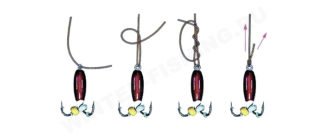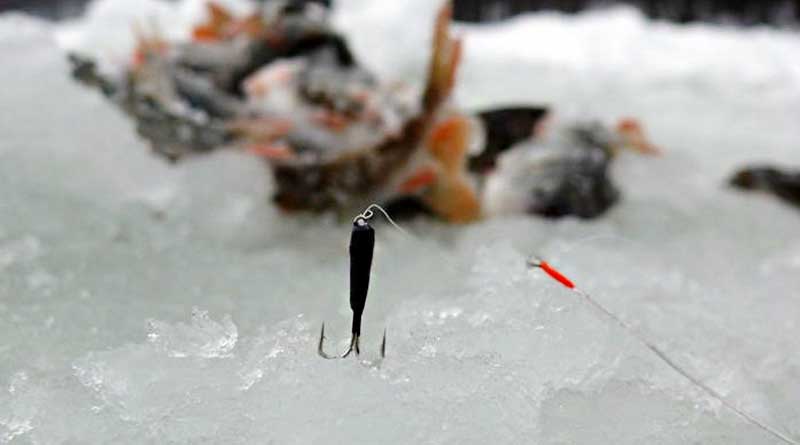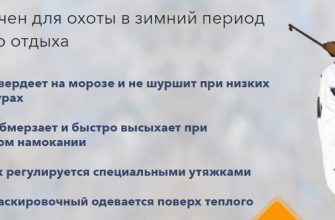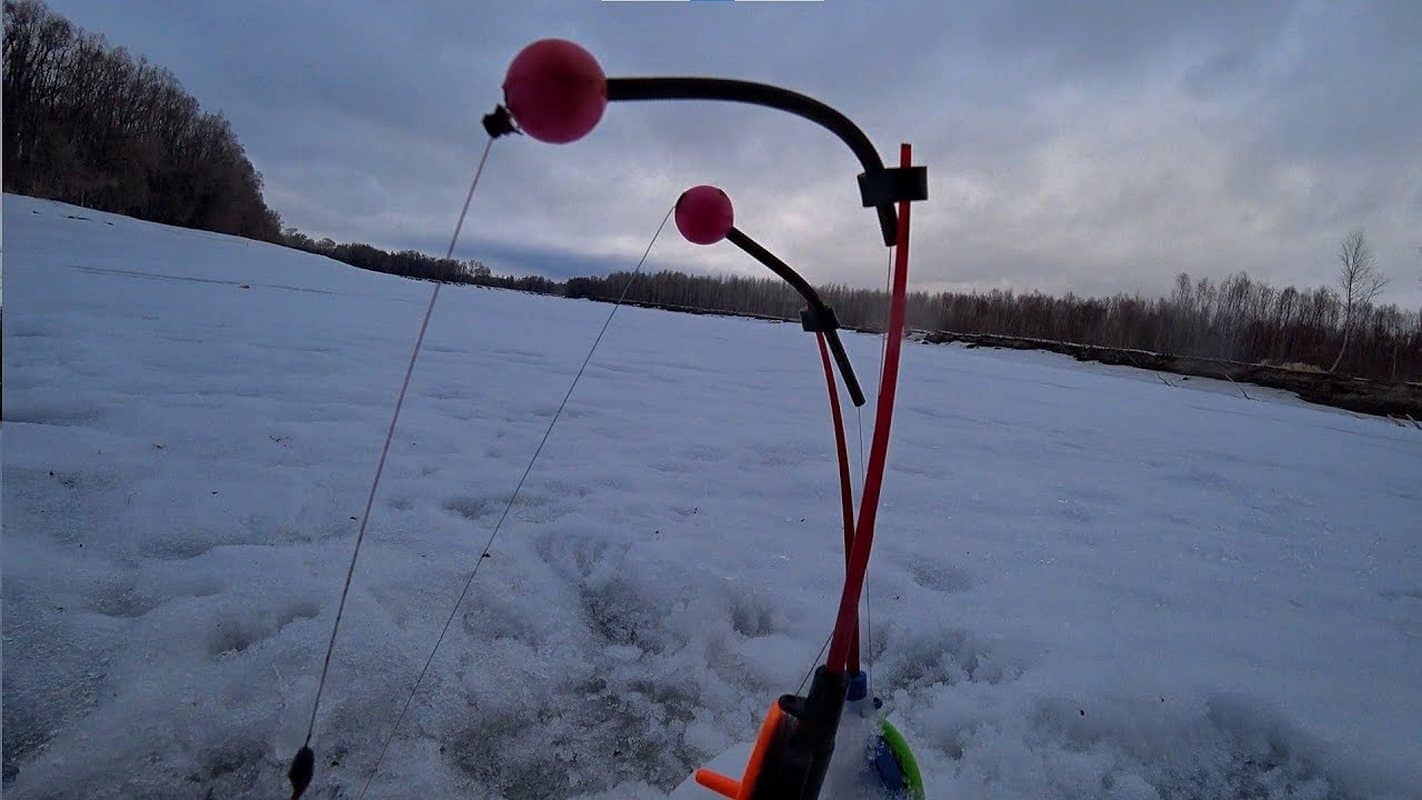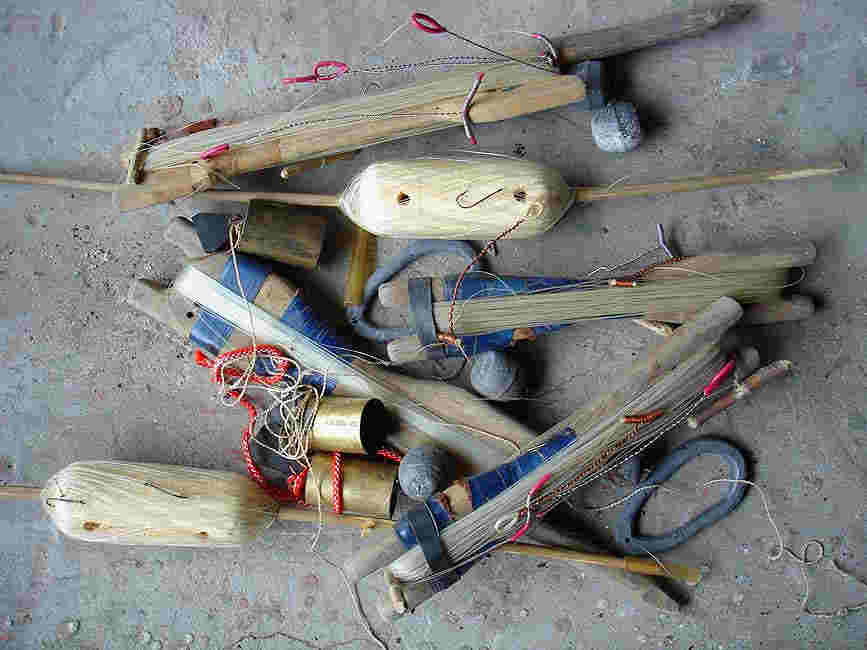Anglers drill holes, ice flies
On the most difficult winter day, one perch will fly in without rewinding …
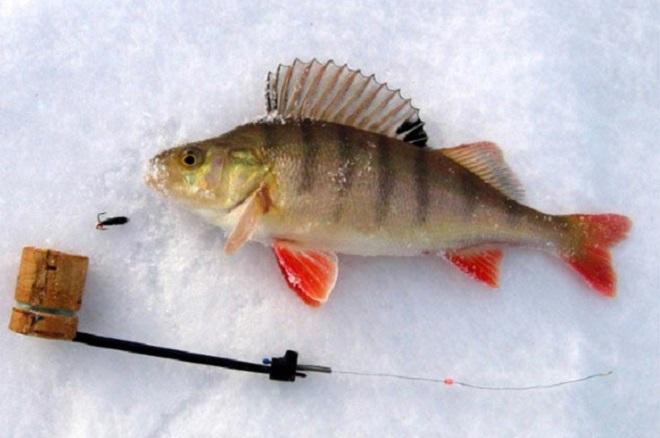
Coilless – non-attachment fishing with a jig without replanting a bloodworm. The basis of success when fishing for non-embedding mormishing is a correctly selected rewinder and a correctly selected and refined animation method, depending on all factors – the reservoir, weather conditions and the type of fish. There is a wide variety of types and subspecies of rewinder reels, most of which are effective for catching perch in winter.
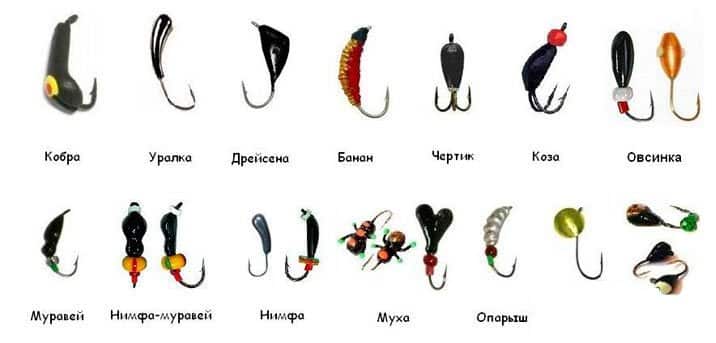
- Windingless for perch – why exactly such a bunch has a special double strength?
- Basic principles – what a beginner needs to know about rewinder
- Clear animation with an understanding of what exactly happens to the jig
- What should be the grip and position of the rod in space
- About sweeping
- Strategy and tactics for catching perch on a waterless jig in winter – tips and video
- The first ice – features of searching and catching perch on a rewinder at the beginning of freeze-up
- Fishing for perch in the wilderness with no nozzle – where to find and what to serve
- How to catch a striped fish at the end of winter with a waterless jig
- You are on the ice – tactics and strategy in pursuit of the striped rogue
- Winding rewinder for catching large and medium perch – types of animation
- Catching rewinder for perch – types, when and what to choose?
- What to look for when choosing a non-attachment jig on a striped
- What are the reversals and what to choose when hunting for perch: photo and description
- Devil
- Goat
- Ant / bug
- Sharaga
- Owl
- Cuttlefish
- Medusa / witch
- Balda in light weight
- Nail ball
- Gladysh
- How to correctly assemble a working and reliable tackle?
- Fishing rod
- Nod
- Line used
- How to tie a rewinder jig to a fishing line
- Поделиться ссылкой:
Windingless for perch – why exactly such a bunch has a special double strength?
Reckless fishing is not as difficult as it seems, but you should not initially try to delve into the jungle of all the intricacies of fishing with a jig without attaching. It is enough to learn the basics of naked mormishing in order to successfully fish. And we advise beginners to start with rewinding perch fishing. As for those who in the future are going to develop a sense of beauty in themselves and catch perch without rewinding seriously, as well as those who just want to wander along the frozen lake / river for an hour or two after work. Fishing for perch without rewinding has the advantage that the striped robber can be found in almost any puddle, he is almost always active and in most cases is caught with non-attachment jigs no worse than with bloodworms, unlike, for example, roach or bream.
There is an opinion (subjective)! The reason why mormyshny jigs show better results for perch than for other fish is not only and not so much that the sailor is omnipresent. And in his habits and instincts. There is an opinion, which we also adhere to, that the rewinder provokes the fish to bite not only as a tasty dish, but also as a living object that causes the hunting instinct. This is not a dogma, but the opinion is confirmed by the fact that the perch grabs a non-jig when it is not feeding. Someone talks about the approach of different types of non-insects to the dragonfly larva, some talk about amphipods, some about spiders … this is not so important anymore. The main thing is to provoke a grip and striped, as practice shows, it is done with pleasure.
https://youtu.be/uaRz0bRGK50
Basic principles – what a beginner needs to know about rewinder
The first thing to understand is that fishing with naked jigs in the base differs from winter fishing with live jigs. If, when fishing with a nozzle, a fish can forgive flaws in the wiring, then when fishing with a nozzle, a correctly executed animation is of decisive importance, along with a correctly chosen place for casting the jig. By the way, the place of fishing also needs to be chosen as accurately as possible and actively look for perch, because bait is almost never used when fishing with a rewinder.
That is, catching perch without recoil requires the most verified and accurately selected types of animation and their combinations, along with the correct choice of the place of fishing (read – active search) and the selection of an arsenal of catchy rewinder. It is important to avoid the typical idealist mistake – you do not need to look for the only best animation option with the only best nozzle. It is more important to understand the basic principles and hone them gradually.
Clear animation with an understanding of what exactly happens to the jig
It is important to learn not only to play high-frequency and low-amplitude with a rewinder (this is how perch loves), but also to do it in a well-defined system, without unnecessary movements of the jig, without interruptions in the game and deviations from a given vertical trajectory. Rhythm in animation is as important as the chosen type of wiring itself. That is, any unreasonable failures in the game can scare off the perch and it can even move away from the hole if the movement of the jig looks unnatural.
What should be the grip and position of the rod in space
The grip of the rod can be three fingers, like holding a pen, or two, if the rod is super light. Also, the grip depends on the type of animation used.
About sweeping
One of the difficulties when fishing with a rewinder is that the moment of biting is not always visible, especially on the opposite direction of the rod and bait. Therefore, you need to be always ready to make a sharp, but short cut. At the final so-called “dead” points of the posting (when the direction of movement of the bait changes), it is imperative to make a control undercut. It is at such moments that the grip often follows and is easy to miss. The jig is as sharp and fast as possible, the jig is not tasty, the fish immediately spits it out.
Strategy and tactics for catching perch on a waterless jig in winter – tips and video
The first question to be solved by a fisherman in a pond is to find a perch. And the places of its parking strongly depend on the stage in which the winter is. Details about where to look for perch when fishing with one of the popular types of rewinder – devil and what animations to use –
detailed material .
The first ice – features of searching and catching perch on a rewinder at the beginning of freeze-up
On the first ice, okushata often stand near the coast – in thickets of reeds, cattails, among fallen branches and bushes. Larger individuals keep on the coastal edges, braids going deep, at depths of 1-3 meters. Any fish, including perch, looks for anomalies at the bottom – the difference in depths and current strength, changes in the nature of the bottom, driftwood, stones, etc. At this time, the perch continues to actively move through the reservoir following the food supply, and the fisherman also actively follows it. In the video there is a technique for catching large perch in winter with a rewinder: https://youtu.be/yTzFBVxcQ08
Fishing for perch in the wilderness with no nozzle – where to find and what to serve
In the wilderness, the perch rolls to deeper places, as well as to points saturated with oxygen – the docking of rivers and streams, dams, hydroelectric power plants, ice holes and depressions at factories, etc. At this time, it is quite difficult to stir the perch, and the rewinder can lose in catching power to the baited method of fishing. But adherents of the non-sacking people successfully fish even at this difficult time. Pay attention to all promising points – snags, riverbed and coastal edges, river bends, bends near the banks, as well as sharp drops in depths. The animation is more lazy and imposing, without harshness with a lot of pauses. Learn more about how
to rewind perch in the wilderness . Catching perch in the winter without reeling – video of 2020: https://youtu.be/b7rmBGZ2WGQ
How to catch a striped fish at the end of winter with a waterless jig
At the end of winter, when areas of open water begin to appear, perch should be looked for precisely near such places, he rushes there for small things that want to swallow the necessary oxygen.
Be careful! Don’t get too close to the edges of the ice!
Winter fishing for perch without bloodworms on a jig: https://youtu.be/F0s3WkW_cVk
You are on the ice – tactics and strategy in pursuit of the striped rogue
In a promising place we drill holes in a checkerboard pattern, 8-15 pieces. The distance between the holes depends on the size of the fishing spot and its nature. A lone snag can be drilled completely, and when fishing the coastal edge, holes can be drilled at a distance of 8-10 meters. Also, this moment depends on the state of the predator, the more active it is, the more active the angler should be. In particular, in the number of holes and the distance between them. A passive somnambulistic perch cannot be seduced by a single devil from a long distance, give it under his nose … Then the holes are drilled more heap.
The typical rule of a burnt winter road – “the more drilled, the more caught” makes sense.It is advisable not to clean the holes and even cover them with snow in a circle so that a minimum of rays penetrate into the water. It is better to start fishing holes with the first drilled and tested rewinder, the one in which you believe. We apply several different types of animation. If there is no bite within 5-7 minutes, we move to the next hole, and so on, until we find a working hole, or we are completely disappointed in the selected area.
Try the grandfather’s life hack. Rub the jelly with a chive of garlic – give the perch what he likes. Such a cheap and working flavor often helps out on labor fishing.
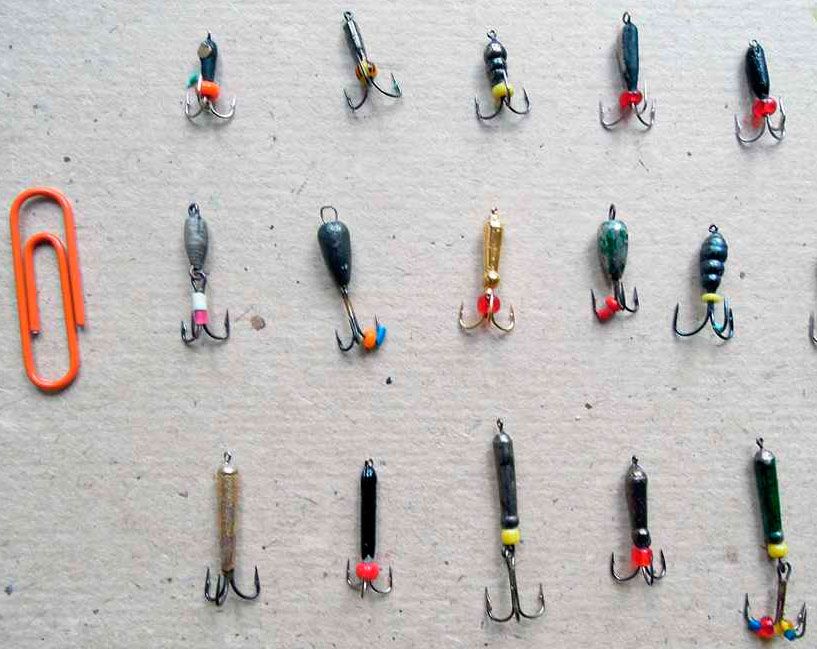
Winding rewinder for catching large and medium perch – types of animation
For active perch, active and daring types of guidance, high-frequency with a characteristic dribbling in the vertical component, work well.
In all the proposed types of wiring, the speed, sharpness and frequency of all movements are selected experimentally based on experience, perch activity, the nature of the reservoir, and weather conditions. Dogmatic thinking to the detriment.
Of the working animations of the rewinder on the perch, in most cases, we note:
- Shallow uniform dribbling from the bottom with a pause at the end point and subsequent control detonation at the dead center and further controlled release of the jig to the bottom. Working base game for normal bite. Well, this rewinding wiring works well for the average perch and humpback, which stand alone or in small flocks.
- Smooth swing – animation focused on a perch in the wilderness, or simply standing passively at the bottom.
- A knock on the bottom with a gradually increasing frequency and speed, combined with a very slow rise of the rewinder, is able to stir up the perch and revive the bite. This game works well when catching large humpbacks.
- Ascent with high frequency dribbling and hard acceleration . Animation is a provocateur. This rewinder wiring works well on the first ice when fishing for small and medium perch.
- Sharp jerks / tosses upwards give a chaotic movement to the rewinder (those that do not have an ideal aerodynamic shape), it is thrown to the sides. From the side of the fish, this resembles the movement of underwater inhabitants, which provokes the perch to dine deliciously.
- Raise the bait evenly rattling 50-80 cm from the bottom . Then we pause and with the same frequency and speed we lower the rewinder to the bottom. Often a bite follows when the direction of travel changes.
- Smooth ascent with slow swing . Works well on passive snapper and also for some types of massive rewinder.
The striped reacts very gratefully to any changes in the wiring, followed by a bite. We change the manner of shaking, the speed of lifting, pauses between the stages of the animation.
An example from practice is casting a rewinder at the fishing spot and checking the perch for activity by high-frequency play on 2-3 rises. If it’s quiet, we slow down the jiggle bounce and the ascent speed (reduce the frequency and amplitude), make 2-3 more leads. Then change the game to, for example, jerks like a children’s tree – in different directions another 2-3 rises. Changing the jig to another type. The same actions – silence? Moving on to the next hole.
You can also change the angle of the rod to the horizon, this will also change the game of the bait.
The game with a no-nozzle is made with a nod block, and its tip only rattles finely. This is the only way to set a clear trajectory of the Mormyhe movement.
Catching rewinder for perch – types, when and what to choose?
There are countless varieties of bezels, as well as their types and subspecies. Therefore, the notorious TOP-10 catchy can not be made and you should not trust those dealers who offer them. We will act more honestly – we will go through the working options for the rewinder for perch, the most versatile and easy to learn for beginners, show their photos, briefly explain the features of the application.
What to look for when choosing a non-attachment jig on a striped
The perch rewinder should first of all resemble an underwater object that is included in the diet of the striped – larvae, amphipods, spiders and other living creatures. Each type of rewinder has a different look and feel. In different conditions, the advantage should be given to different jigs, there are more universal and more narrowly directed ones. In most cases, perch prefers pot-bellied jigs. Also, the perch simply stings from the attachment of beads, pieces of cambric, silicone rings, beads to the hooks of the jig. From the colors – a combination of dark yellow, brown, orange and black with red and golden elements; and also the typical perch color – red and white.
What are the reversals and what to choose when hunting for perch: photo and description
Devil
One of the most famous rewinder for perch, roach and other fish. Characterized by vertical suspension and play. Easy to do with your own hands, even when fishing from scrap materials. Read more about catching perch on the devil
in the article on the topic.
Goat
A goat is similar to a devil, but on two hooks. Plays well on high frequency vibrations, collects perch of all sizes.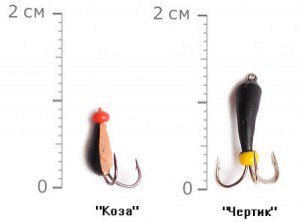
Ant / bug
Classics of non-attachment jigs. There are a lot of varieties. Perch colors are contrasting black-red, yellow-silver, etc. Recommended for beginners when fishing for small and medium perch, roach, borer.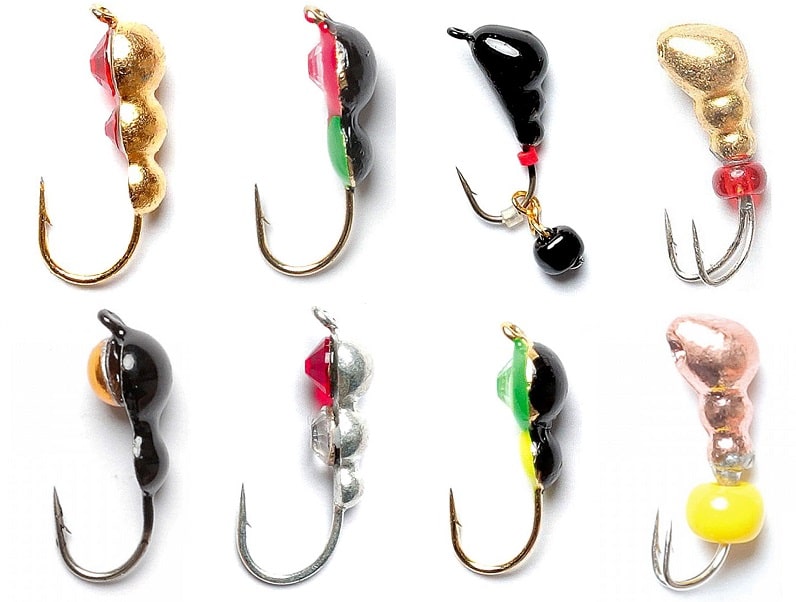
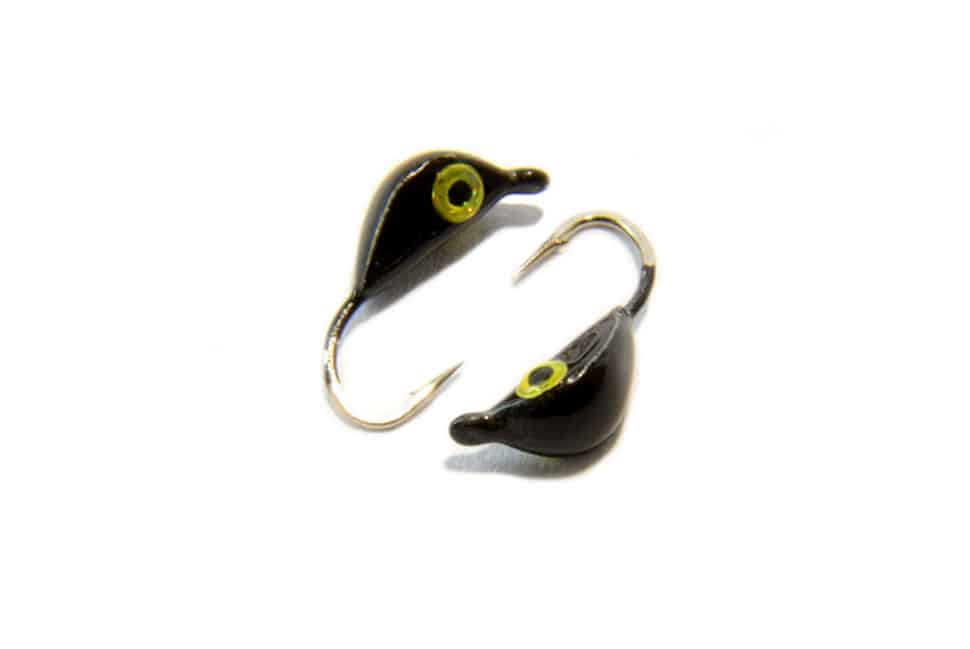
Sharaga
Sharaga is a typical rewinder-fool for a perch. Looks like a devil, but with 4 hooks. Usually, this type of rewinder is larger and with its help you can cut off very small perch and other chalupon. Ie indulged with carnations and
devils on the little things and mow the hunchbacks in the battle on the sharaga.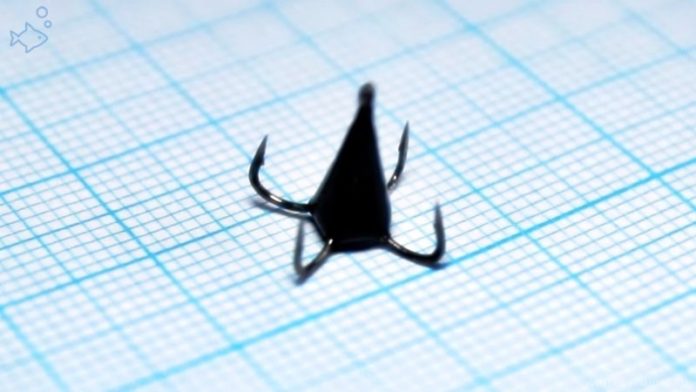
Owl
Mormyshka-microbless. Coilless for catching a predator – perch, pike perch, bersh. Planning for the fall. Large perch picks up well in moments of calm on other mormysh.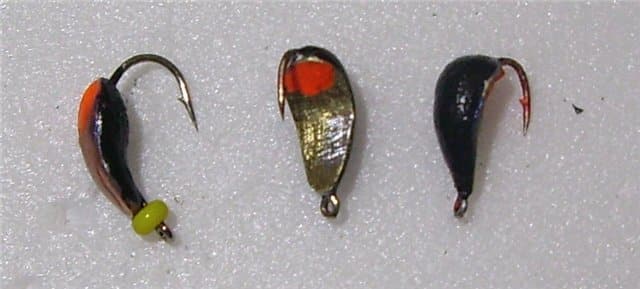
Cuttlefish
It can also pass for a microblade for steep lure. We recommend a decent perch at an average depth of 2+ meters. Cuts off the little thing. It works on a current, which not all jigs can boast of. Retrofit well with two foam balls.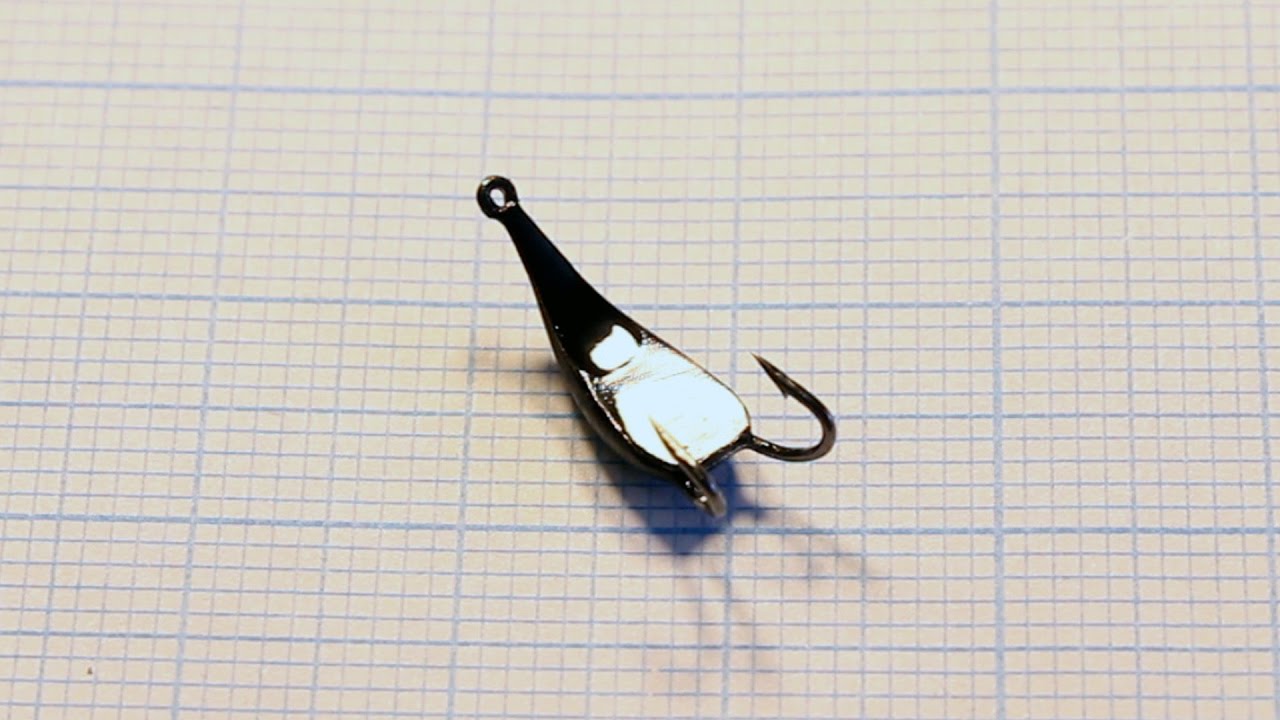
Medusa / witch
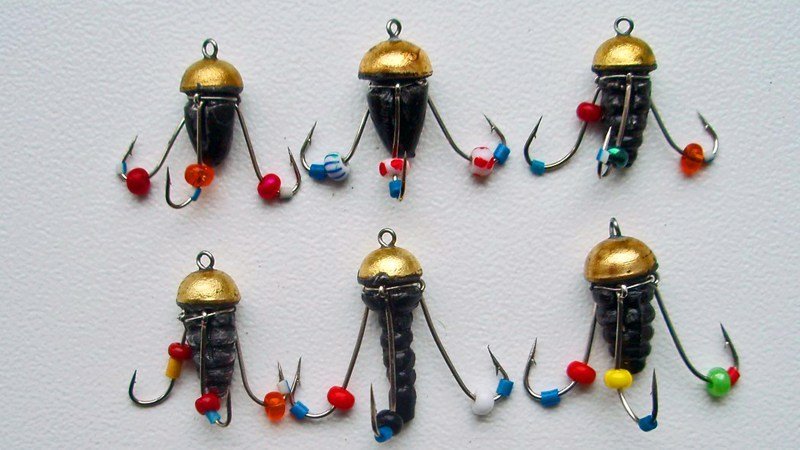
Extracting jellyfish from the gills of a perch is an inhumane action and spectacle.
Balda in light weight
Tubby recoilless, works on all standard animation techniques.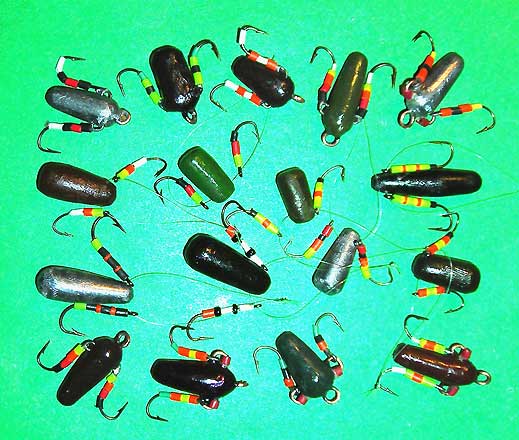
Nail ball
This interesting type of non-attachment jig is interesting in that, on an authentic nail ball, the bead on the forend of the hook should float freely and tap in time to the game.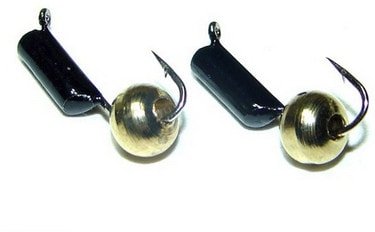
Gladysh
Not the most famous rewinder, but very popular in narrow perch circles. Quite massive if you look at the linear dimensions, and therefore attracts medium and large perch. Animation – slow ascents with accompaniment and further fall to the bottom from a height of 20-40 cm.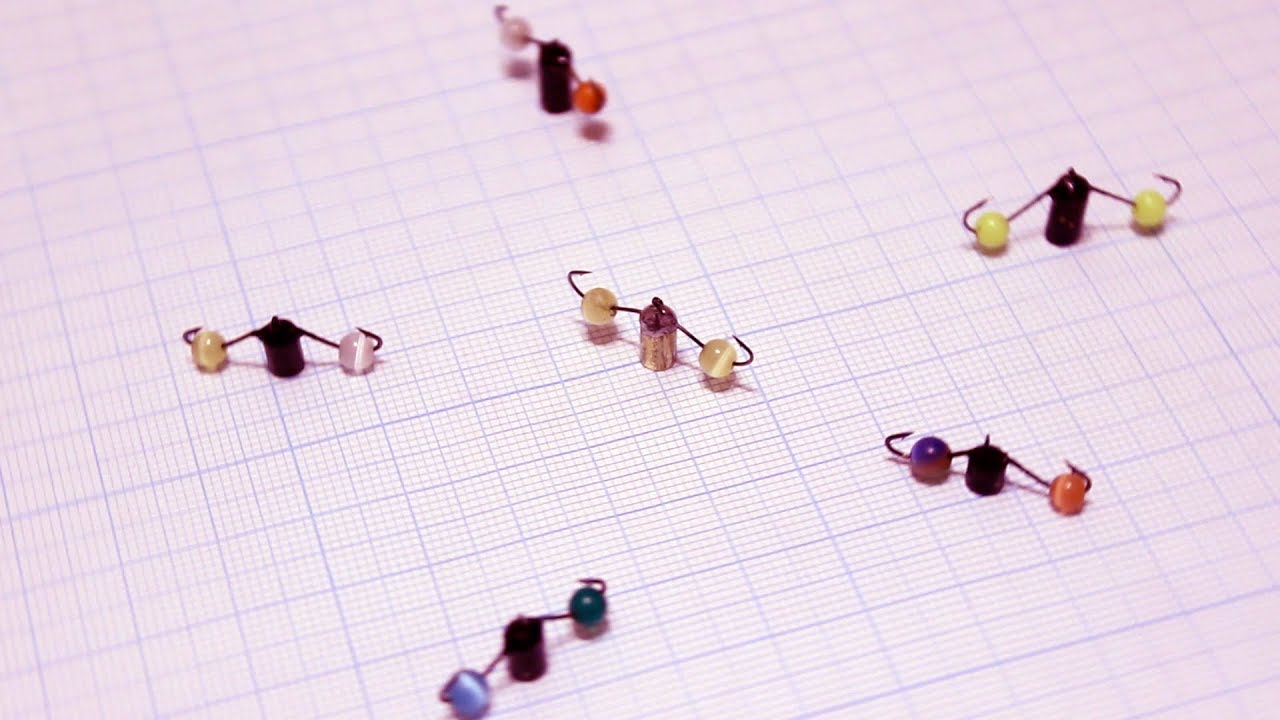
For each jig, you need to choose your own type of game and the conditions in which to use it optimally. Ideal play on one tackle can only be achieved with a similar type of jig (in shape, weight, aerodynamics). For example: couples devil-goat; banana nymph can be played with one tackle, but under the sharaga it is desirable to have a fishing rod more powerful in all plans. Based on this, it follows that you need to have several tackles for different jigs and fishing conditions.
https://youtu.be/2bCTeHTITf8
How to correctly assemble a working and reliable tackle?
When fishing for perch, rafts and other fish without rewinding, almost the first mistake that beginners make is using the same tackle as for fishing with a jig with a booster. And this is fundamentally the wrong approach. When fishing with a rewinder, you need the most delicate and sensitive tackle, the most balanced and matched to the weight of the jigs used. This is due to the fact that the angler must feel all the movements of the non-attachment jig – its correct play is the key to success.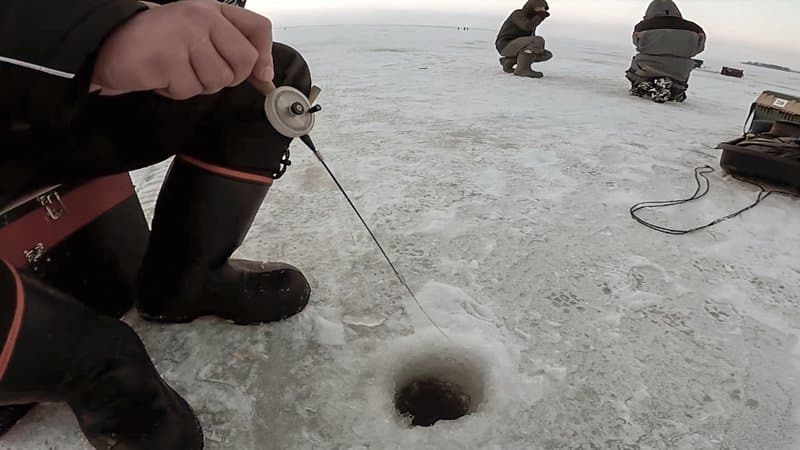
- lightweight and reliable fishing rod with a smooth ride;
- special shape whip (conical);
- thin specialized winter fishing lines – the most inconspicuous and sensitive at all stages – animation, bite, hook;
- a nod carefully matched to the weight of the jigs;
- and also here – we pick up the rewinder under the tackle and they should fit into the hand.
Fishing rod
A reel rod should have a long whip. This allows, firstly, to animate the nozzle with different angles and amplitudes, and secondly, it is practical and convenient – you can catch both sitting and standing. The hand does not get tired, which means the quality of the game too. It can be a standard Soviet-style fishing rod, a balalaika rod and others.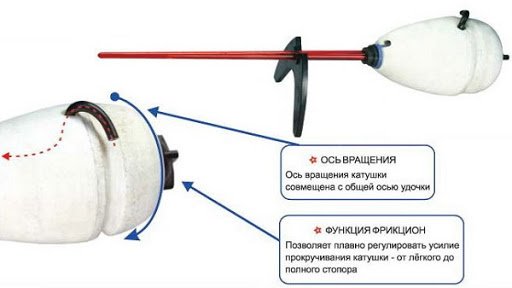
Nod
The well-known nod from the clock spring is good for non-attachment. The gatehouse should never fall under the weight of the used jigs by more than 10 degrees under load, ideally it should lie clearly on the horizon under the load of the jig .. It is good to use the gatehouse, which, without load, is kind of bent up to the horizon.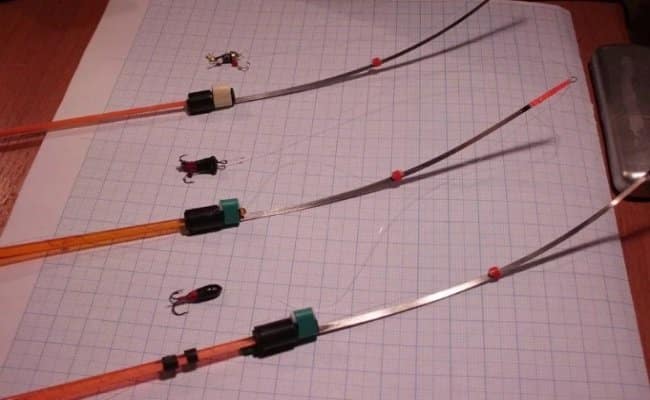
Interesting fact. The shorter the nod, the more frequency vibrations you can create. This should be taken into account when collecting tackle.

Line used
A special winter line is used that can work in a wide temperature range. Diameter when fishing for medium perch is 0.1-0.12 mm. The cord is rarely used, although it gives more sensitivity than scaffolding. Good braid in thaw and / or, if pre-treated with means of “anti-rain” type.
How to tie a rewinder jig to a fishing line
One of the most popular ways: